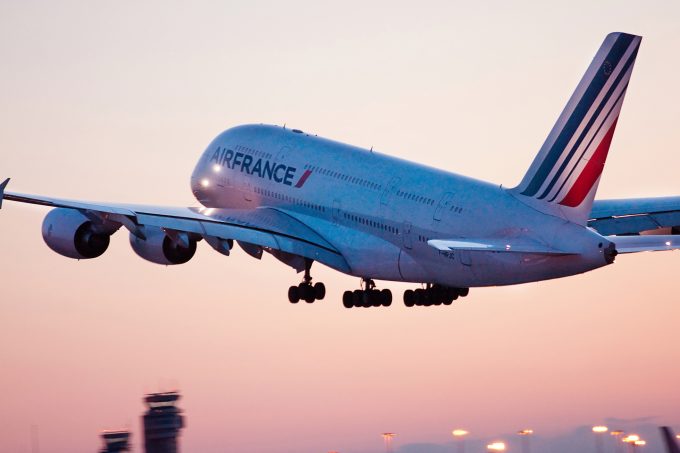UPS to cut 20,000 jobs in network reconfiguration
And so it starts. UPS, while announcing a better-than-expected profit, also enthused investors with its ...

Air France-KLM is still operating under great financial pressure, in spite of a decent trading update this week, particularly if oil prices keep rising and costs are not carefully managed over the next couple of years.
Its shares plunged more than 4% on Wednesday, in the wake of a ...
Keep our news independent, by supporting The Loadstar
Red Sea crisis has driven most new capacity into extended Asia-Europe trades
Explosions and 'out-of-control' fire reported on Wan Hai box ship
Carrier price hikes hold, driving spot rates higher as space gets scarcer
Crew forced to abandon ship in latest fire on vessel carrying EVs
The Loadstar Podcast | Transport Logistic and Air Cargo Europe 2025
Asia-West Africa ULCV deployment opens new markets for carriers
Turkish Airlines falls foul of air safety regulations, claims India's aviation authority

Comment on this article